ARM GNU Assembly Programming From Ground Up™
Loại khoá học: Programming Languages
Assembly Language : ADC, UART, GPTM, SYSTICK, FIFOs, State Machines, Peripheral Driver Development, Algorithms etc.
Mô tả
Welcome to the ARM GNU Assembly Programming From Ground Up™ course.
This is the GNU version of the popular ARM Assembly Programming From Ground Up™ 1 &2 courses. This version of the courses use the platform agnostic GNU syntax supported by the GNU assembler (as).
Unlike the ARM Assembly Programming From Ground Up™ 1 &2 courses which use Keil uVision which available on the Windows operating system only, the ARM GNU Assembly Programming From Ground Up™ course teaches you how to write assembly programs for the GNU assembler which is available on Windows, OSX and Linux.
Covering ARM Systems Design, Architecture and Practical Assembly Programming, this is the most comprehensive ARM assembly course online.
I'll take you step-by-step through engaging and fun video tutorials and teach you everything you need to know to succeed as an ARM embedded developer.
By the end of this course you will master the ARM Instruction Set, the Thumb Instruction Set and the Thumb-2 Instruction Set. You will be able to create data structures such as FIFOs in assembly. You will also be able to create Finite State Machines such as the Moore Machine using only assembly code.
Furthermore, this course teaches you how to navigate the microcontroller reference manual and datasheet to extract the right information to professionally build peripheral drivers and firmware. To achieve this goal, no libraries are used in this course, purely ARM Assembly Language. You will be able to write peripheral drivers in assembly-ADC, UART, SYSTICK, GPIO, GPTM.
Specially Designed For People Who Hate Copy/Paste
Listen. If you don’t like “Copy/Paste” you’re not alone. I can’t stand it either. I’d literally rather have a piece of code that I wrote from scratch that doesn’t work than someone else’s working code I copied and pasted.
And that’s why I’ve spent months designing and recording this course in which I show you how to locate every single register used and the meaning of every hexadecimal value written into the register.
REMEMBER : I have no doubt you will love this course. Also it comes with a FULL money back guarantee for 30 days! So put simply, you really have nothing to loose and everything to gain.
Sign up and lets start writing some low level code.
Bạn sẽ học được gì
Master the ARM Instruction Set
Master the Thumb and Thumb-2 Instruction Sets
Write Complex programs in Assembly Language
Implement State Machines in Assembly Language
Implement Data Structures in Assembly Language
Write ADC Drivers in Assembly Language
Write UART Drivers in Assembly Language
Write GPTM Drivers in Assembly Language
Write GPIO Drivers in Assembly Language
Yêu cầu
- No programming experience needed - I'll teach you everything you need to know
- No paid software required - all assembly programs will be created in STM32CubeIDE (Free, Eclipse-based)
- I'll walk you through, step-by-step how download and install STM32CubeIDE
- You will need the NUCLEO-F411 board for some of the practical lessons.
Nội dung khoá học
Viết Bình Luận
Khoá học liên quan

Đăng ký get khoá học Udemy - Unica - Gitiho giá chỉ 50k!
Get khoá học giá rẻ ngay trước khi bị fix.

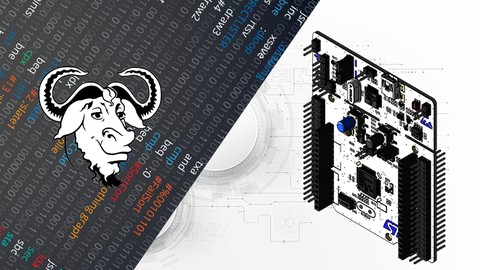
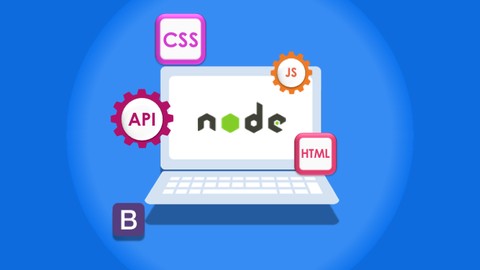
![The Complete Android 15 Course -Build 82 Apps [Java& Kotlin]](/uploads/courses/udemy/2549063_3daf_4.jpg)


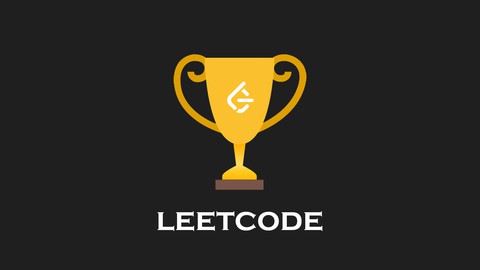
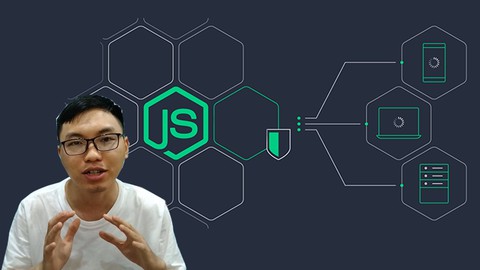


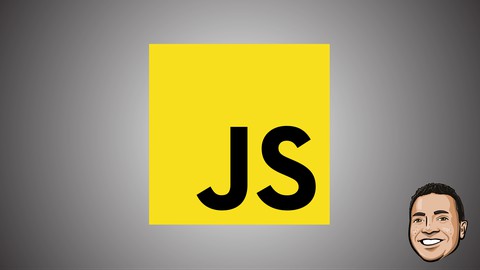







Đánh giá của học viên
Bình luận khách hàng